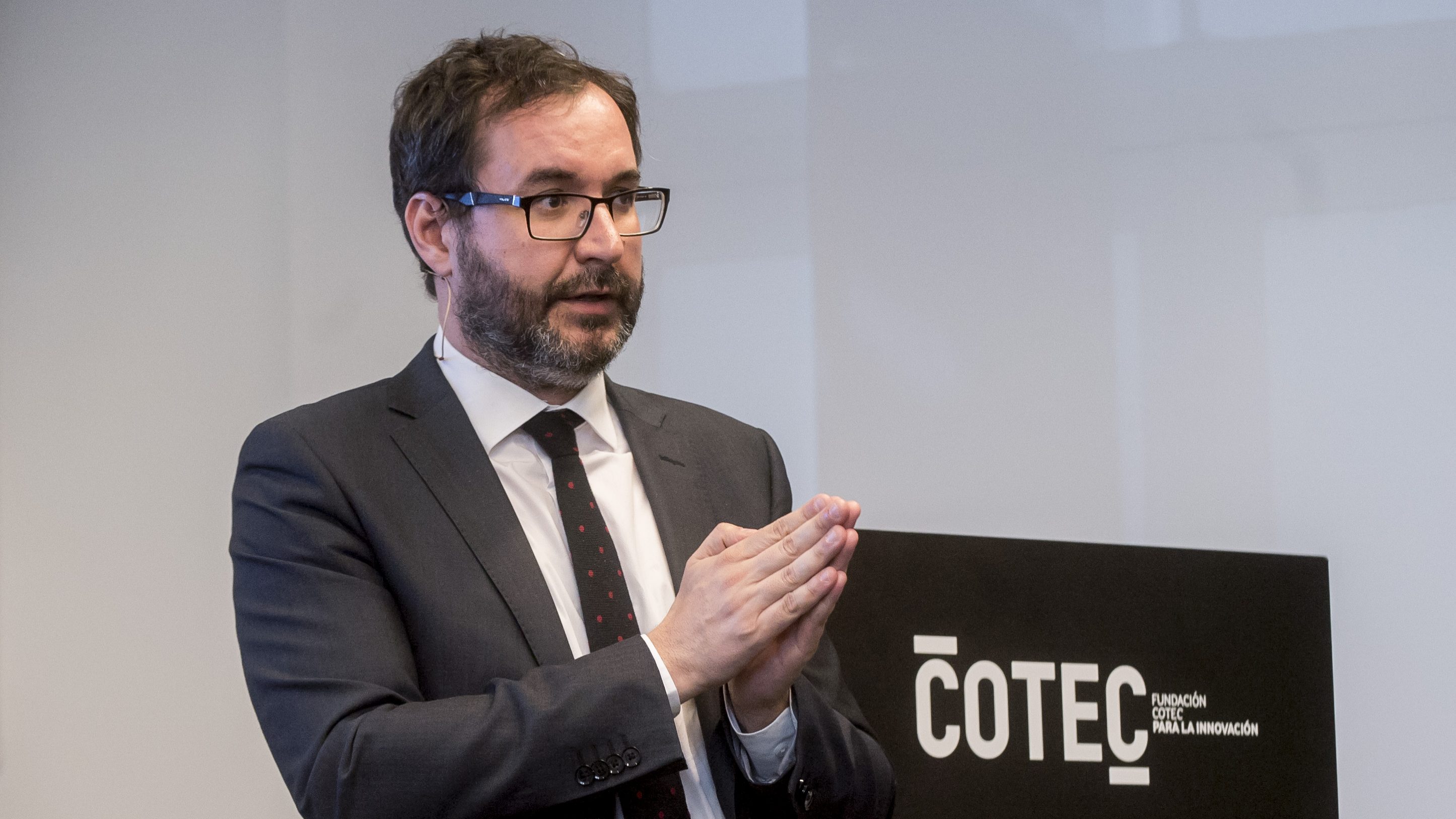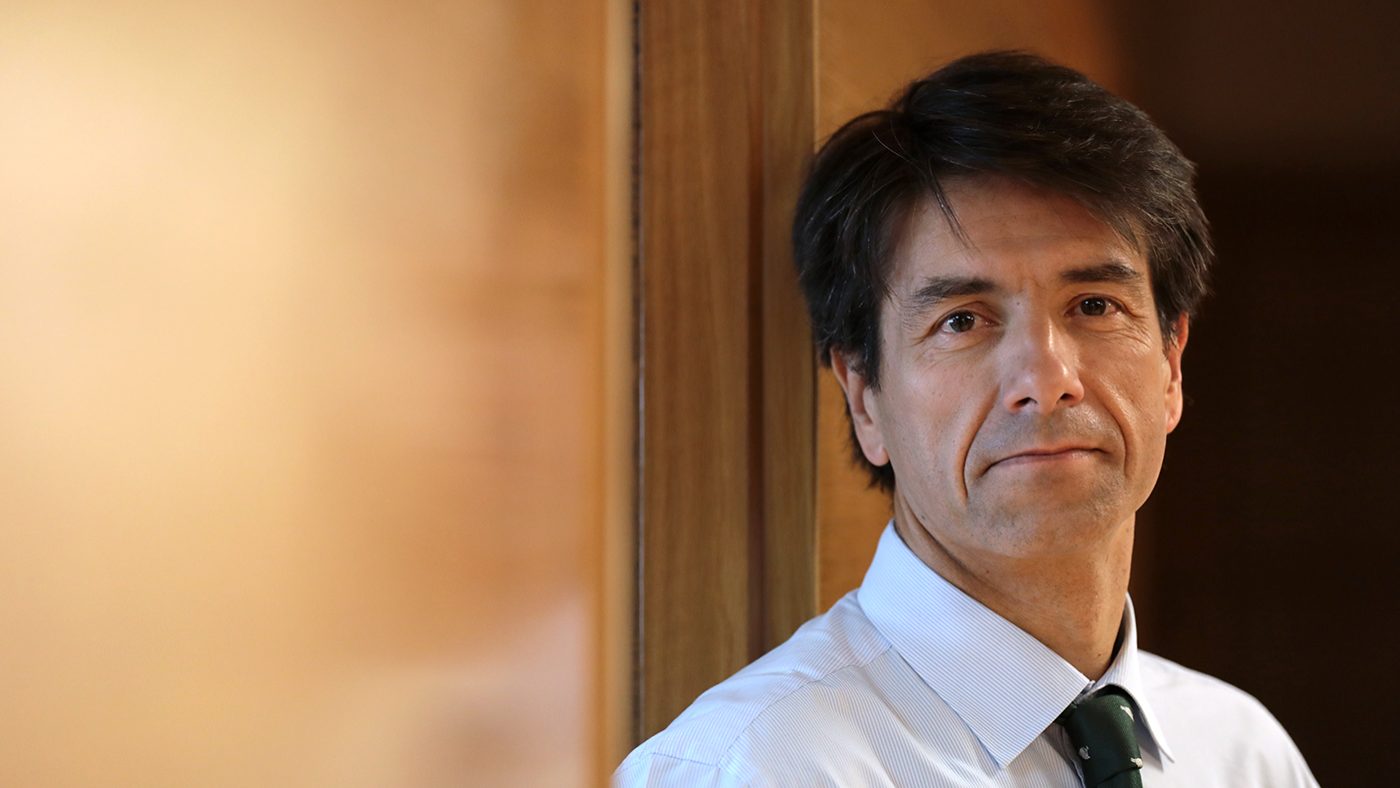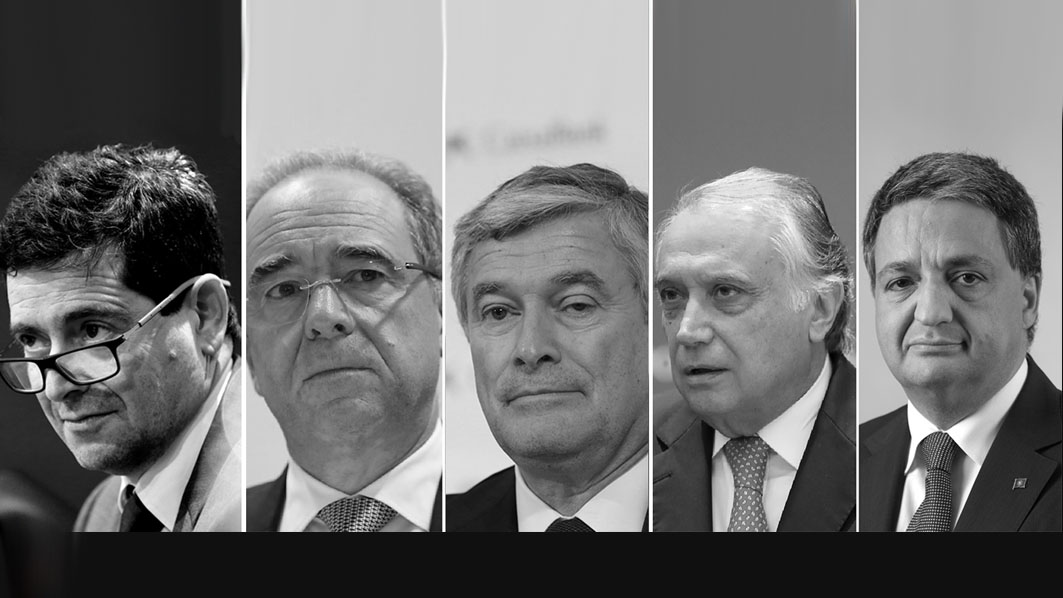Unemployment rate decreased to 8.9% in 2017, a minimum of nine years
2017 was a year of recovery in the Portuguese labor market. This Wednesday, INE revealed that the unemployment rate fell to 8.9%, the lowest amount since 2008.
The unemployment rate retrieved to 8.9% last year. Data were disclosed this Wednesday by Statistics Portugal (INE). In 2016, the unemployment rate had stood at 11.1%. The plunge registered in 2017 removes Portugal from the list of countries that have a two digits’ unemployment rate.
In October of 2017, when the 2018 State Budget was drafted, the Government estimated that the unemployment rate of last year would stand at 9.2%. INE’s numbers surpass the Government’s expectation. “In terms of the annual average, the unemployment rate was 8.9% in 2017, having recorded a decrease of 2.2 p.p. from 2016″, INE writes. Nine years ago was the last time the unemployment rate stood so low: it stood at 7.6% in 2008.
All in all, in 2017, the unemployed population stood at 462.9 thousand people — a 19.2% decrease in comparison to 2016, which translates into at least 110.2 thousand unemployed. On the other had, the employed population increased 3.3%, which equals more than 151.4 thousand job positions, in net terms — the largest increase in employed population since 2013. The unemployment rate increased to 53.7%, an additional 1.7 percentage points in comparison to 2016.
Fourth quarter confirms plunge tendency
The unemployment rate in the last quarter of 2017 confirms a shrinking tendency. In the fourth quarter, the unemployment rate fell to 8.1%, 0.4 percentage points’ less than in the third quarter. “The unemployed population, estimated at 422.0 thousand people, corresponded to a quarterly decrease of 4.9% (22.0 thousand fewer people), extending the quarterly decreases observed since the 2nd quarter of 2016″, INE explains.
In the fourth quarter, the employed population registered an homologous increase of 3.5%, which translated in over 161.3 thousand employed –the largest increase since the fourth quarter of 2013.




